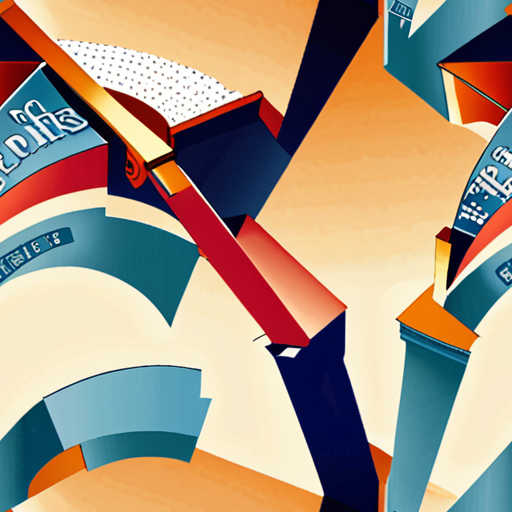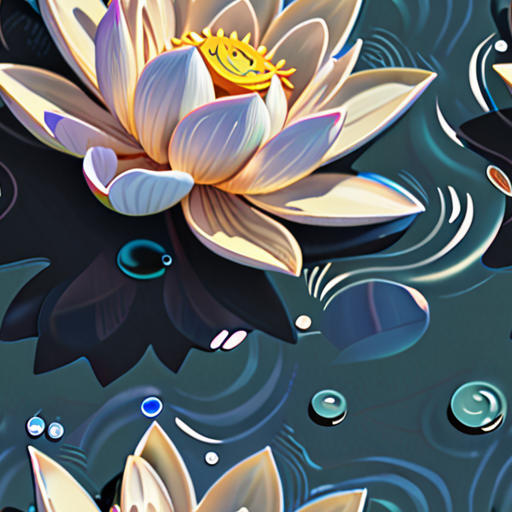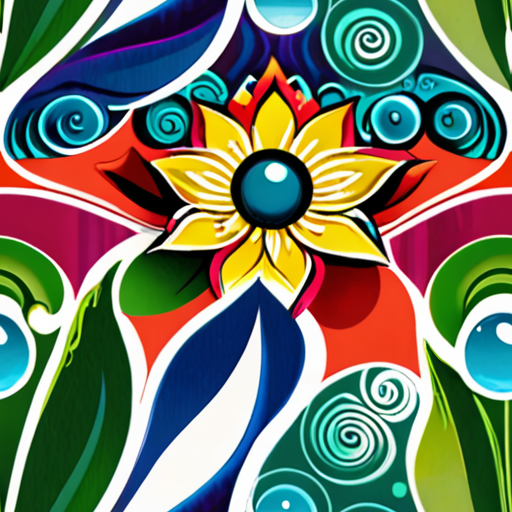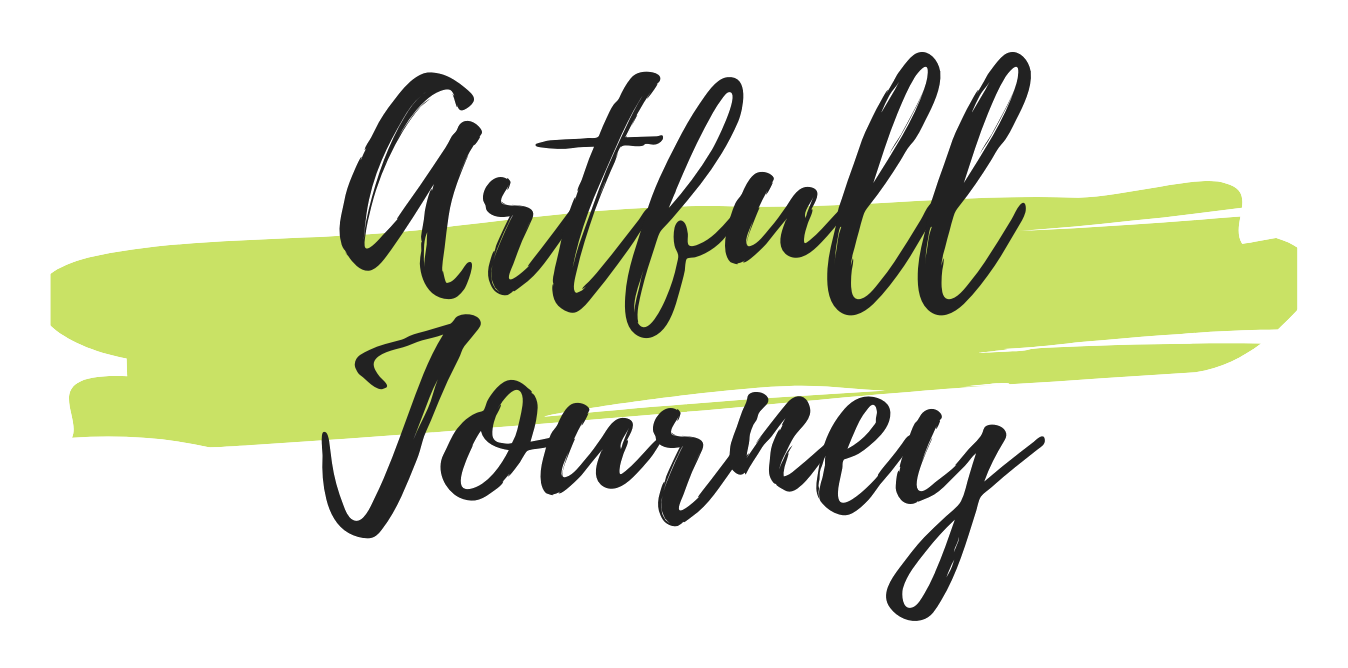As businesses continue to evolve and adapt to the ever-changing digital landscape, one thing remains constant – the importance of creating high-quality, engaging content that resonates with their target audience. In today’s competitive online market, mastering the art of creative process blogging has become a crucial aspect of any successful content strategy. By understanding the intricacies of the creative process and leveraging advanced SEO-focused article writing techniques, businesses can unlock the full potential of their content, drive meaningful engagement, and ultimately boost their search engine rankings.

The 5 Stages of the Creative Process
As creatives, understanding the stages of the creative process can help us navigate our ideas and bring them to life.
-
Stage 1: Incubation
This stage involves allowing ourselves to relax and let our minds wander, often unconsciously processing information and making connections between seemingly unrelated concepts.
-
Stage 2: Preparation
In this stage, we gather information, research, and plan out our project, setting goals and objectives for what we want to achieve.
-
Stage 3: Inspiration
Inspiration strikes when we’re exposed to new experiences, people, or environments that spark creativity and fuel our imagination.
-
Stage 4: Ideation
This stage involves brainstorming and generating ideas, exploring different possibilities and refining our concept until we have a solid foundation for our project.
-
Stage 5: Implementation
Finally, we bring our idea to life, executing our plan and seeing our vision become a reality.
By understanding these stages, we can better navigate our own creative process and cultivate a deeper connection with our work.
The 7 Steps of the Creative Process
As an artist, understanding the creative process can help you tap into your full potential and bring your ideas to life.
- Step 1: Intention
- Step 2: Incubation
- Step 3: Investigation
- Step 4: Composition
- Step 5: Deepening
- Step 6: Completion
- Step 7: Going Public
Defining your intention sets the foundation for your creative journey. What do you want to achieve? What message do you want to convey?
This step involves allowing yourself time to reflect and brainstorm. Take a walk, meditate, or engage in activities that stimulate your mind and spark creativity.
Research and gather inspiration from various sources. Read books, watch movies, attend workshops, or explore different cultures to broaden your perspective.
Start bringing your ideas together. Sketch out rough drafts, experiment with colors and textures, or try out different mediums to find what works best for you.
Delve deeper into your work, refining and perfecting your craft. Pay attention to details, and don’t be afraid to take risks and try new things.
The final stretch! Bring your project to completion, making any necessary adjustments along the way. Celebrate your accomplishment and take pride in your hard work.
Share your creations with the world! Whether it’s through exhibitions, social media, or online platforms, showcase your artwork and connect with others who appreciate your talents.
By following these 7 steps, you’ll be well on your way to unlocking your full creative potential and achieving success in your artistic endeavors.

The 8 Stages of the Creative Process
I’ve worked with numerous artists and creatives who have struggled to bring their ideas to life.
- Stage 1: Incubation – This stage involves allowing yourself to relax and let your subconscious mind work its magic. Take time to unwind, meditate, or engage in activities that stimulate your creativity.
- Stage 2: Preparation – Once you have an idea, start gathering materials and resources necessary to bring it to life. Research, brainstorm, and plan out every detail.
- Stage 3: Concentration – Focus intently on your project, pouring all your energy into making it a reality. This stage requires dedication and perseverance.
- Stage 4: Verification – Review and evaluate your progress, making adjustments as needed. Seek feedback from others to gain new perspectives.
- Stage 5: Elaboration – Expand upon your initial idea, adding depth and complexity. Experiment with different approaches and techniques.
- Stage 6: Illumination – Experience a moment of insight or epiphany, where everything falls into place. This stage can be exhilarating and transformative.
- Stage 7: Implementation – Put your ideas into action, taking concrete steps towards completion. Stay focused and motivated, overcoming obstacles along the way.
- Stage 8: Evaluation – Assess the final result, reflecting on what worked well and what didn’t. Use this knowledge to refine future projects and continue growing as a creative individual.
By understanding these eight stages, you’ll be better equipped to navigate the creative process and unlock your full potential.

Example of a Creative Process
The creative process can vary greatly depending on the individual and the type of project.
- Incubation Stage: This stage involves allowing ideas to simmer in the subconscious mind before actively working on them.
- Exploration Stage: During this stage, the artist or writer gathers information, conducts research, and explores different possibilities.
- Development Stage: In this stage, the idea begins to take shape, and the artist or writer starts to develop a plan or outline.
- Implementation Stage: This is the stage where the actual work begins, whether it’s writing a story, composing music, or painting a picture.
- Evaluation Stage: Finally, the artist or writer evaluates their work, making adjustments and refinements as needed.
For example, an author’s incubation process might involve jotting down notes and ideas whenever they come to mind, even if it’s just a fragment of a sentence or a character’s name.
This can be done using a variety of tools, such as a notebook, a voice recorder, or even a mobile app.
Once the ideas have been gathered, the author can begin to explore different possibilities, researching topics and characters, and developing a deeper understanding of the world they’re creating.
As the idea begins to take shape, the author can start to develop a plan or outline, breaking down the story into manageable chunks and determining the pacing and plot twists.
With a solid plan in place, the author can begin to implement their vision, writing the story and bringing the characters to life.
Throughout the process, the author will continue to evaluate their work, making adjustments and refinements as needed to ensure that the final product meets their standards.
By following these stages, artists and writers can tap into their creativity and bring their ideas to life in a meaningful and impactful way.
At Artfull Journey , we believe that the creative process is a journey, not a destination, and that every step along the way is an opportunity to learn and grow.
We offer a range of resources and tools to help artists and writers navigate the creative process, from tutorials and workshops to online courses and community support.
Whether you’re just starting out or looking to take your skills to the next level, we invite you to join us on this journey and discover the power of creativity for yourself.
Some other great resources for learning about the creative process include:
- Creative Bug
- Skillshare
- Udemy
These platforms offer a wealth of knowledge and expertise, covering everything from the basics of drawing and painting to advanced techniques in writing and photography.
By combining these resources with our own offerings, you’ll have everything you need to unlock your full potential and bring your creative visions to life.
So why wait? Join us today and start exploring the infinite possibilities of the creative process!
The Four Major Creative Processes
I’ve always been fascinated by the creative process and how it can be applied to various aspects of life.
- Preparation
- Gathering inspiration from various sources, such as books, articles, and conversations
- Defining goals and objectives for the project
- Developing a plan and timeline for completion
- Incubation
- Allowing yourself time to relax and recharge
- Making space for random thoughts and ideas to emerge
- Engaging in activities that stimulate creativity, such as meditation or daydreaming
- Illumination
- Noticing patterns and connections between ideas
- Exploring new perspectives and possibilities
- Refining and developing the idea into a tangible concept
- Verification
- Evaluating the idea against set criteria and standards
- Seeking feedback from others and incorporating suggestions
- Refining and iterating until the idea meets expectations
This stage involves gathering information, researching, and planning. It’s essential to have a solid foundation before diving into the creative process.
This stage allows ideas to simmer in the background, often unconsciously. It’s during this time that connections between seemingly unrelated concepts can be made.
This stage marks the moment when ideas start to take shape. Insights and breakthroughs occur, and the creative process begins to unfold.
This final stage involves refining and perfecting the idea. It’s essential to test and validate the concept to ensure its feasibility and effectiveness.
By understanding and applying these four major creative processes, individuals can unlock their full potential and bring innovative ideas to life.

The Creative Process Flow
I’m excited to share my personal approach to the creative process flow, which has helped me develop innovative ideas and bring them to life.
-
Step 1: Inspiration
My creative journey begins with finding inspiration. I draw from various sources, including nature, art, music, and conversations with others.
-
Step 2: Idea Generation
Once inspired, I brainstorm ideas and explore different concepts. I ask myself questions like “what if” and “why not” to stimulate my creativity.
-
Step 3: Research and Planning
Next, I conduct research and plan out my project. This involves gathering information, setting goals, and outlining a timeline.
-
Step 4: Concept Development
With a solid plan in place, I begin developing my concept. This involves refining my idea, creating prototypes, and testing different approaches.
-
Step 5: Execution
Now it’s time to bring my vision to life. I execute my plan, working diligently to meet my deadlines and deliver high-quality results.
-
Step 6: Feedback and Revision
After completing my project, I seek feedback from others and revise accordingly. This helps me refine my work and ensure it meets my standards.
-
Step 7: Launch and Promotion
Finally, I launch my project and promote it to the world. This involves sharing my work with others, building buzz, and encouraging engagement.
Conclusion
By following these seven steps, I’ve been able to develop a consistent creative process flow that helps me produce innovative and effective solutions. Whether you’re an artist, designer, writer, or entrepreneur, I encourage you to experiment with this process and find what works best for you.

0 Comments